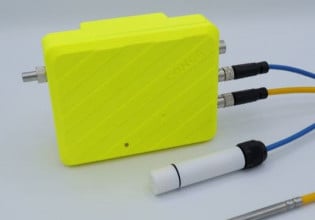A
A microprocessor is a sequential device, performing one instruiction after another in time. A plc is a programmable electronic replacement for a number of electrical circuits each of which would operate concurrently. given that a microprocessor is the heart of the plc can anyone tell me how the processor implements the actions of a plc?






